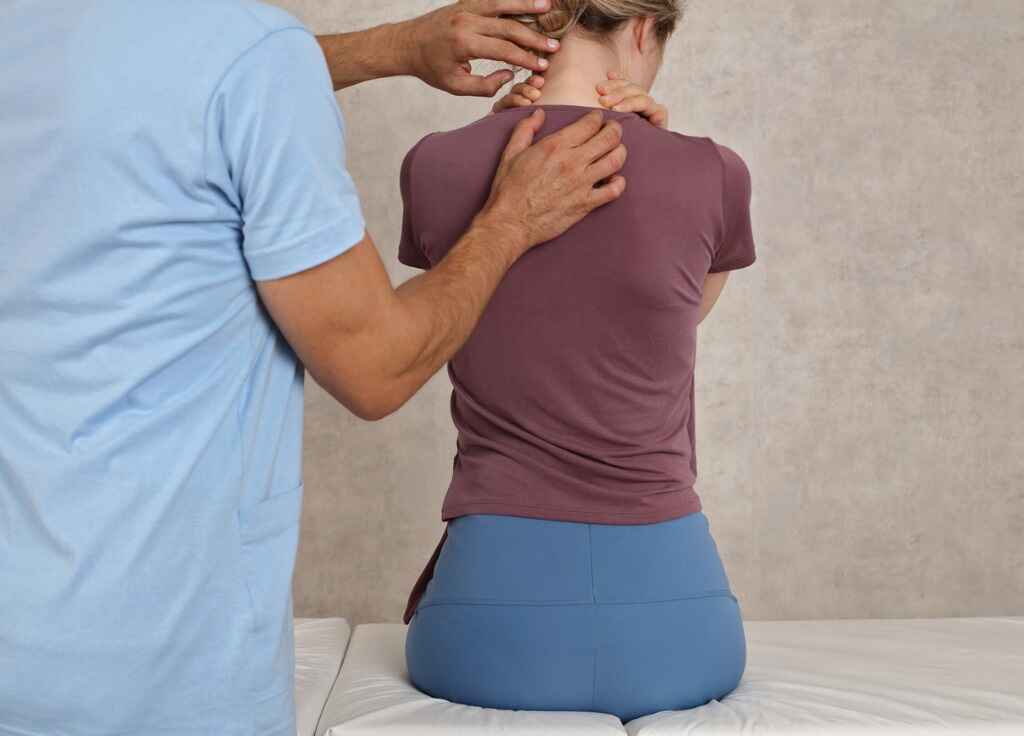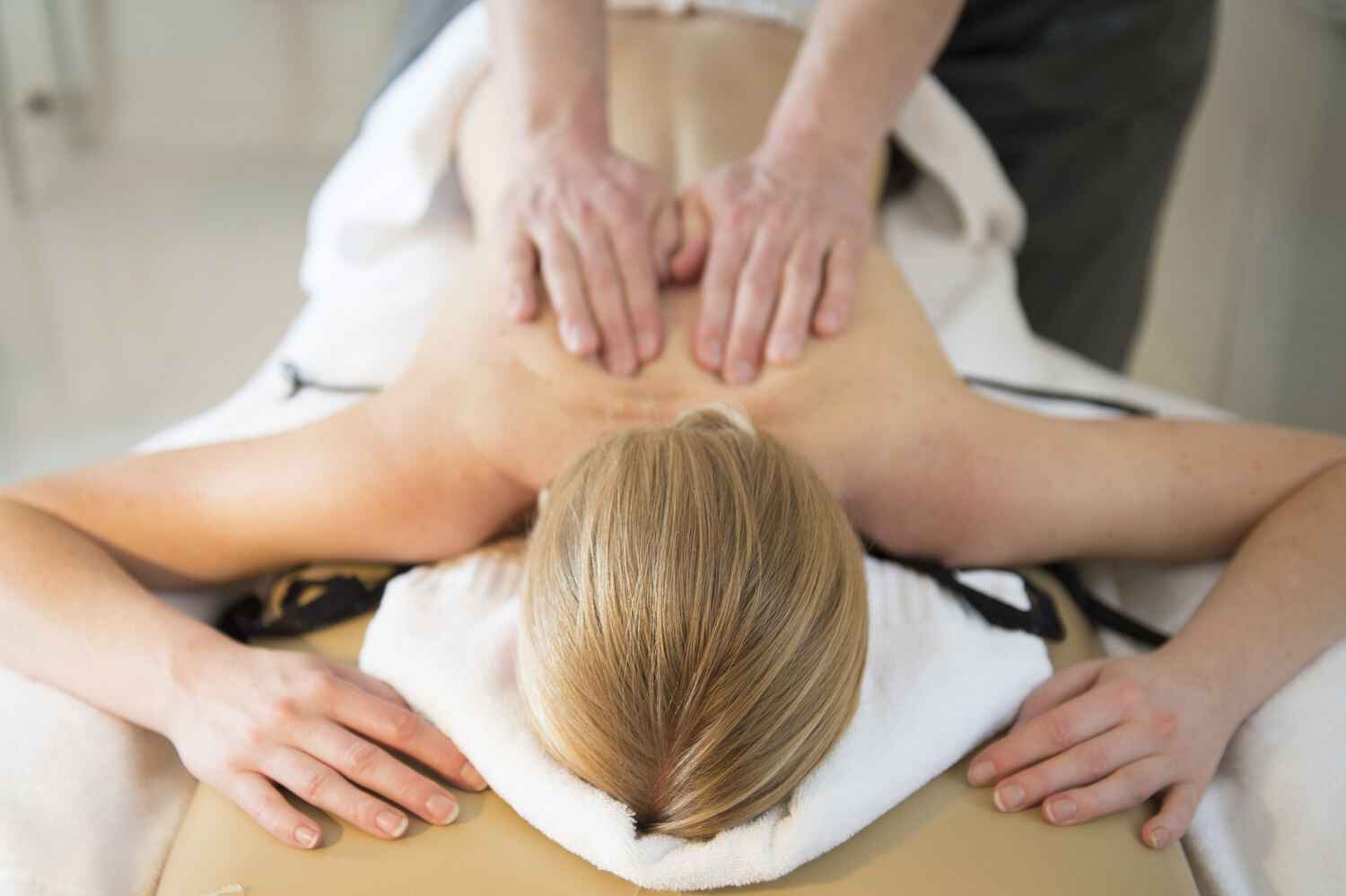Kyphosis is a spinal disorder characterized by an abnormal forward curvature of the upper back, resulting in a rounded or hunched appearance. This condition can affect people of all ages and is most commonly seen in adolescents and older adults. In this blog, we will delve into what kyphosis is, its different types, and the symptoms associated with this condition.
Types of Kyphosis:
There are several types of kyphosis, each with different causes and age groups affected:
Postural Kyphosis:
Postural kyphosis is the most common type and often occurs during adolescence, particularly in teenage girls. It is usually a result of poor posture, slouching, or carrying heavy backpacks. Postural kyphosis is reversible and can be improved with proper posture correction and strengthening exercises.
Scheuermann’s Kyphosis:
Scheuermann’s kyphosis is less common and typically develops during the adolescent growth spurt. It is caused by the abnormal development of the vertebrae, leading to a wedge-shaped appearance. This type of kyphosis is often associated with back pain and may require bracing or surgery for severe cases.
Congenital Kyphosis:
Congenital kyphosis is present at birth and is caused by abnormal vertebral development during fetal development. Depending on the severity, this type of kyphosis may require early intervention and close monitoring by a spine specialist.
Age-Related Kyphosis:
Also known as hyperkyphosis or dowager’s hump, age-related kyphosis is commonly seen in older adults and is often related to osteoporosis, which weakens the bones. The vertebrae can compress and collapse, leading to an exaggerated forward curvature of the upper back.

Symptoms of Kyphosis:
The symptoms of kyphosis can vary depending on the type and severity of the condition. Common signs and symptoms may include:
Rounded or Hunched Back:
The most apparent symptom of kyphosis is an exaggerated forward rounding of the upper back, which may lead to a noticeable hump.
Back Pain:
Some individuals with kyphosis may experience mild to moderate back pain, especially in the thoracic (upper) spine area.
Stiffness:
Stiffness in the spine, particularly when trying to stand up straight, is a common symptom of kyphosis.
Fatigue:
Kyphosis can cause fatigue and discomfort due to the strain on the muscles and ligaments supporting the abnormal curvature.
Breathing Difficulties (Severe Cases):
In severe cases of kyphosis, particularly age-related kyphosis, excessive curvature can compress the chest cavity, leading to reduced lung capacity and breathing difficulties.
Changes in Physical Appearance:
Kyphosis can cause changes in physical appearance, such as uneven shoulders or a noticeable bump on the back.

Diagnosis and Treatment:
If you suspect you or a loved one has kyphosis, it’s essential to seek medical evaluation by a spine specialist. Diagnosis typically involves a physical examination, medical history review, and imaging tests, such as X-rays or MRI, to assess the curvature of the spine.
Treatment for kyphosis depends on the type and severity of the condition. For mild cases, physical therapy and exercises focused on improving posture and strengthening the back muscles may be sufficient. In more severe cases or when the condition is causing pain or breathing difficulties, bracing or surgery may be recommended.
Conclusion:
Kyphosis is a spinal condition that affects the curvature of the upper back and can have varying degrees of severity. It is essential to recognise the symptoms and seek medical evaluation for proper diagnosis and treatment. Early intervention and appropriate management can help improve posture, alleviate discomfort, and prevent further progression of the condition, ensuring a better quality of life for individuals affected by kyphosis.
